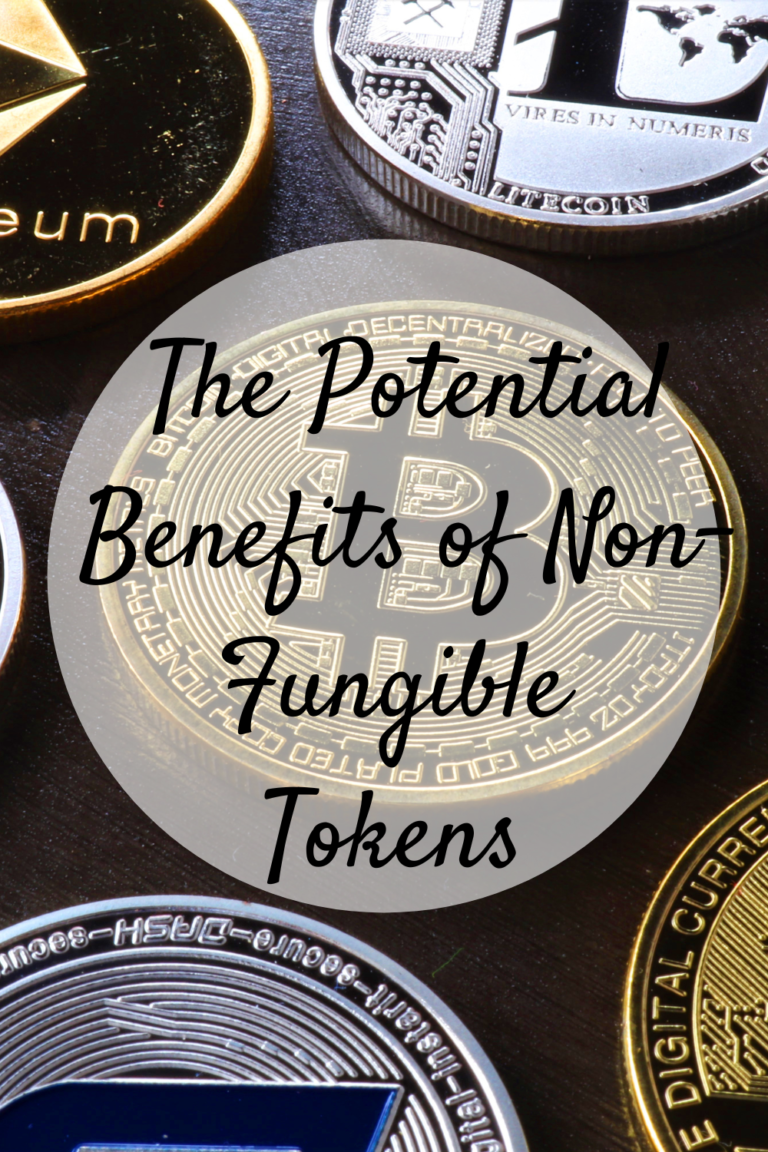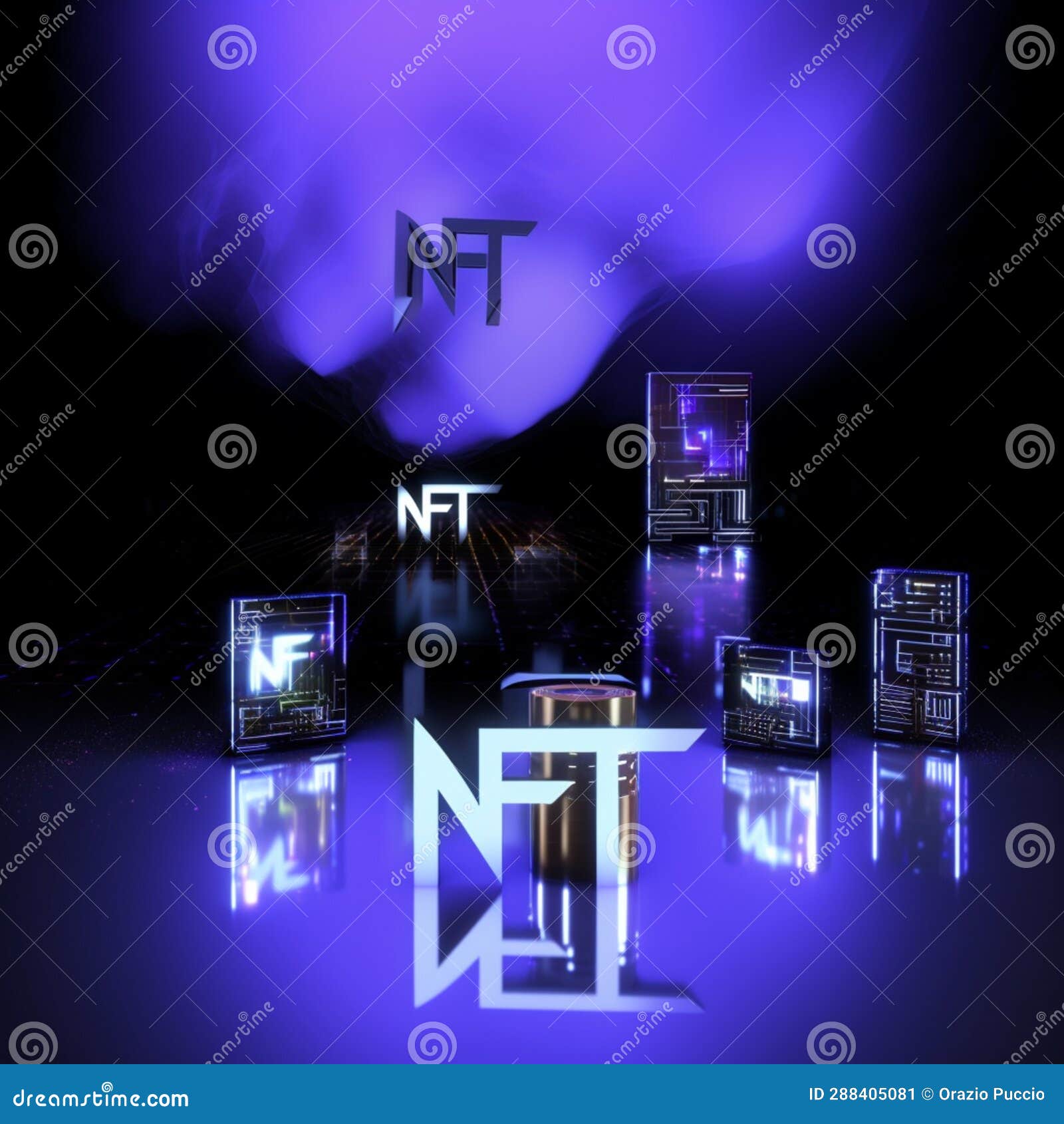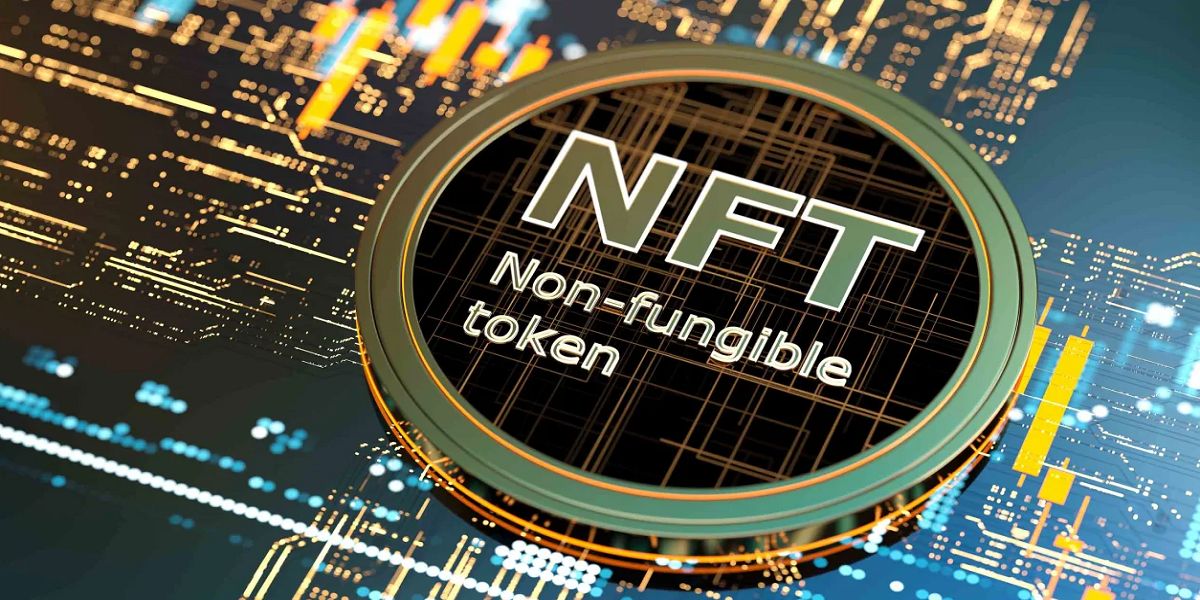“NFT Interoperability: The Key to Unlocking the Full Potential of Non-Fungible Tokens
Artikel Terkait NFT Interoperability: The Key to Unlocking the Full Potential of Non-Fungible Tokens
- NFT Drops: A Comprehensive Guide
- NFT Marketplaces: A Comprehensive Guide To Buying, Selling, And Trading Digital Assets
- NFT Minting: A Comprehensive Guide To Creating Digital Assets On The Blockchain
- NFT Bidding: A Comprehensive Guide To Buying And Selling Digital Assets
- Soulbound Tokens (SBTs): A New Paradigm For Digital Identity And Community
Table of Content
Video tentang NFT Interoperability: The Key to Unlocking the Full Potential of Non-Fungible Tokens
NFT Interoperability: The Key to Unlocking the Full Potential of Non-Fungible Tokens
Non-fungible tokens (NFTs) have taken the digital world by storm, revolutionizing the way we perceive ownership, value, and digital identity. From digital art and collectibles to virtual real estate and in-game assets, NFTs have found applications across various industries. However, the current NFT ecosystem is fragmented, with NFTs often confined to specific platforms or blockchains. This lack of interoperability limits their utility and hinders the broader adoption of NFTs.
NFT interoperability refers to the ability of NFTs to seamlessly interact and be utilized across different platforms, blockchains, and applications. It enables users to move their NFTs freely, use them in various contexts, and combine them with other digital assets. Interoperability is crucial for unlocking the full potential of NFTs and creating a more interconnected and user-friendly NFT ecosystem.
The Current State of NFT Interoperability
Currently, the NFT ecosystem is characterized by a lack of interoperability. NFTs are typically issued on specific blockchains, such as Ethereum, Solana, or Binance Smart Chain, and are often tied to specific marketplaces or platforms. This means that an NFT created on one platform may not be compatible with another platform, limiting its utility and value.
For example, an NFT purchased on the OpenSea marketplace may not be usable in a virtual world built on the Decentraland platform. Similarly, an in-game asset represented as an NFT on the Ethereum blockchain may not be transferable to a game built on the Solana blockchain.
This lack of interoperability creates several challenges for NFT users and developers:
- Limited Utility: NFTs are often confined to specific platforms or applications, restricting their potential use cases and value.
- Fragmented Ecosystem: The NFT ecosystem is fragmented, with users having to navigate multiple platforms and wallets to manage their NFTs.
- Reduced Liquidity: NFTs may have limited liquidity if they can only be traded on specific marketplaces.
- Increased Complexity: Developers face challenges in building applications that can seamlessly integrate NFTs from different platforms.
Benefits of NFT Interoperability
NFT interoperability offers numerous benefits for users, developers, and the broader NFT ecosystem:
- Enhanced Utility: Interoperability allows NFTs to be used across various platforms and applications, increasing their utility and value.
- Seamless User Experience: Users can seamlessly move their NFTs between different platforms and use them in various contexts without facing compatibility issues.
- Increased Liquidity: NFTs can be traded on multiple marketplaces, increasing their liquidity and making it easier for users to buy and sell them.
- Greater Innovation: Interoperability fosters innovation by enabling developers to build applications that can seamlessly integrate NFTs from different platforms.
- Wider Adoption: Interoperability makes NFTs more accessible and user-friendly, driving wider adoption of NFTs across various industries.


Approaches to Achieving NFT Interoperability
Several approaches are being explored to achieve NFT interoperability:
-
Cross-Chain Bridges: Cross-chain bridges enable the transfer of NFTs between different blockchains. These bridges typically involve locking the NFT on the original blockchain and minting a corresponding wrapped NFT on the destination blockchain. Examples of cross-chain bridges include:
- Wrapped NFTs: Wrapped NFTs are tokenized representations of NFTs from other blockchains. They allow users to use NFTs from one blockchain on another blockchain.
- Atomic Swaps: Atomic swaps enable the direct exchange of NFTs between different blockchains without the need for a trusted intermediary.
- Standardized Metadata: Standardizing the metadata associated with NFTs can make it easier for different platforms and applications to interpret and display NFTs consistently. This includes defining common attributes, formats, and schemas for NFT metadata.
- Interoperability Protocols: Interoperability protocols provide a standardized framework for different platforms and applications to communicate and interact with each other. These protocols can enable the seamless transfer and utilization of NFTs across different platforms.
- Layer-2 Solutions: Layer-2 solutions, such as sidechains and rollups, can improve the scalability and interoperability of NFTs by processing transactions off-chain and then settling them on the main blockchain.
- Metaverse Integration: Integrating NFTs into metaverse platforms can enable users to use their NFTs as avatars, in-game assets, or virtual real estate across different virtual worlds.
Challenges to NFT Interoperability
Despite the potential benefits, achieving NFT interoperability faces several challenges:
- Technical Complexity: Implementing cross-chain bridges and interoperability protocols can be technically complex and require significant development effort.
- Security Risks: Cross-chain bridges can be vulnerable to security breaches, such as hacks and exploits, which can result in the loss of NFTs.
- Lack of Standardization: The lack of standardization in NFT metadata and protocols makes it difficult for different platforms and applications to interoperate seamlessly.
- Governance Issues: Establishing governance mechanisms for cross-chain bridges and interoperability protocols can be challenging, as it requires coordination and consensus among different stakeholders.
- Scalability Limitations: Some interoperability solutions may face scalability limitations, especially when dealing with a large number of NFTs and transactions.
Examples of NFT Interoperability Projects
Several projects are working on enabling NFT interoperability:
- LayerZero: LayerZero is an omnichain interoperability protocol that enables NFTs to be transferred between different blockchains.
- Celer Network: Celer Network is a layer-2 scaling platform that provides cross-chain NFT transfers and composability.
- Poly Network: Poly Network is an interoperability protocol that enables cross-chain transfers of NFTs and other digital assets.
- Axelar Network: Axelar Network is a decentralized interoperability network that enables cross-chain communication and asset transfers.
- NFT2NFT: NFT2NFT is a protocol that enables the direct exchange of NFTs between different blockchains.
The Future of NFT Interoperability
NFT interoperability is essential for the long-term growth and adoption of NFTs. As the NFT ecosystem matures, we can expect to see more projects and initiatives focused on enabling interoperability. This will lead to a more interconnected and user-friendly NFT ecosystem, where users can seamlessly move their NFTs between different platforms and use them in various contexts.
In the future, we may see:
- Widespread adoption of cross-chain bridges and interoperability protocols: This will enable the seamless transfer of NFTs between different blockchains and platforms.
- Standardization of NFT metadata and protocols: This will make it easier for different platforms and applications to interpret and display NFTs consistently.
- Integration of NFTs into metaverse platforms: This will enable users to use their NFTs as avatars, in-game assets, or virtual real estate across different virtual worlds.
- Development of new applications and use cases for interoperable NFTs: This will unlock the full potential of NFTs and drive wider adoption across various industries.
Conclusion
NFT interoperability is a critical aspect of the evolving NFT landscape. By enabling NFTs to seamlessly interact and be utilized across different platforms and blockchains, interoperability unlocks their full potential and creates a more interconnected and user-friendly NFT ecosystem. While challenges remain, ongoing efforts to develop cross-chain bridges, standardize metadata, and establish interoperability protocols are paving the way for a future where NFTs can be used across a wide range of applications and industries. As the NFT ecosystem continues to mature, interoperability will play a crucial role in driving innovation, fostering wider adoption, and shaping the future of digital ownership.


